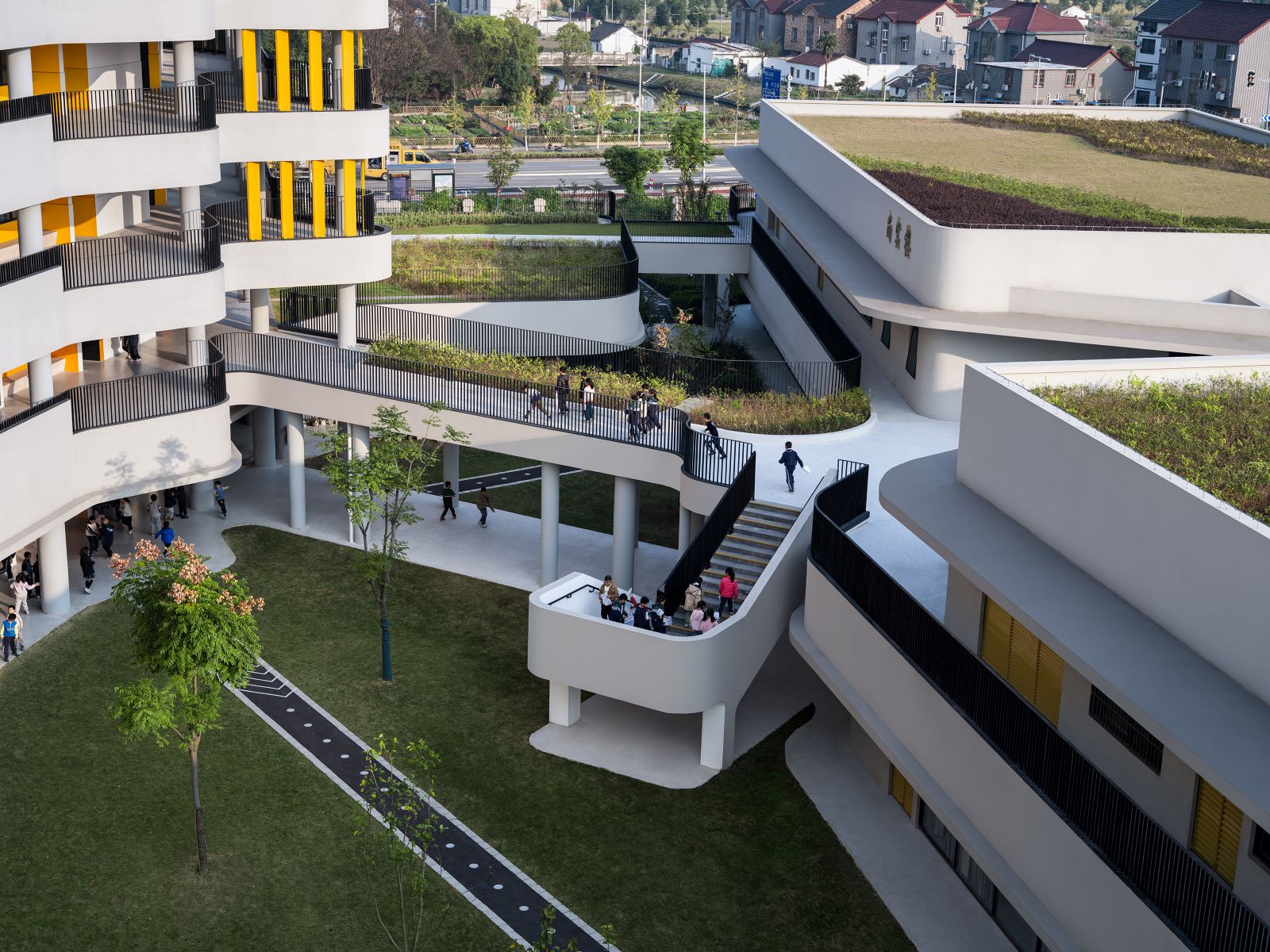Client: Council of Architecture | Entry by Architecture Dialogue
As we design for the future of architecture; it is important to pause and reflect on a collectively imagined future that we all want to aspire towards. We are optimistic about our future vision; it comes from a lot of reflection and spiritual connection and the belief that the vision of the future is more deeply imbibed in looking back than looking forward. In looking back and exploring the connection between man and nature, we understand what balance we aspire towards.
Site being part of the large historic campus of Bangalore University, we have looked at the shared heritage and immediate past in the immediate context to understand better the needs of tomorrow, apart from an informed outlook on the historic movement of water. The campus has evolved over time with the approach of the independent building coming up over time that is relevant to their time. Each of the building has a different approach and are relevant to the times that they are built in. Stone, brick, and concrete have been the preferred material of choice along with a brise soleil that protects it from the harsh sun during summers. Rather than an organised large campus, it has independent buildings over a large campus area of 1100 acres and has come up organically over time.
The starting point of the design was to gently collect the water in the valley and also connect it to the pond to the North for any overflow. This reflective pond forms the background of the stage and the outdoor activities of the place. The water body doubles up as a fire tank and stormwater drainage. The water is purified using reed beds.
The gentle sloping lay of the land informed how we place the functions. The gentle ridge forming to the South is the ideal placement of the Beacon, around which all the program of learning is planned in a loop with the reflective pool being the centre.
The East slopes up about 3 meters forming an elevated platform suitable for a beacon. The Auditorium in its celebration of learning stands on this platform connecting all the functions visually and representing knowledge. The functions of learning are kept towards the ground floor connecting to the place and activating it. The setback from the road and the elevation create a landmark presence on the road along with the central place that is created in the front.
The site is energised through two connections, water and movement. The existing kutcha paths running through the site are brought in and connected and looped thus creating a safe thoroughfare through the site and an opportunity to learn, explore and reflect.
Each building is designed with its inherent logic, form and materiality in response to the program requirements and orientation. The parts are detailed in their logic and then connected by the learning street and loops around connecting all the parts into the cyclic path of learning.
Learning as a cyclic process of application that involves resources, exploring, integrating new and reflection, is designed through the looping connection that connects all functions around the central reflective space. Learning here is designed like a sacred function, offering reflective spaces that are porous and connect the entire site. The spaces are designed to be visually connected and also encourage dialogue and are not quiet but definitely introspective.
Design Team: Vikram Desai, Harpreet Kaur, Sreenath Vinayakumar, Vishnu Mohan, Siddharth Patil, Chandana, Manoj Hosamane, Keerthana, Mukesh. R, Mukesh














